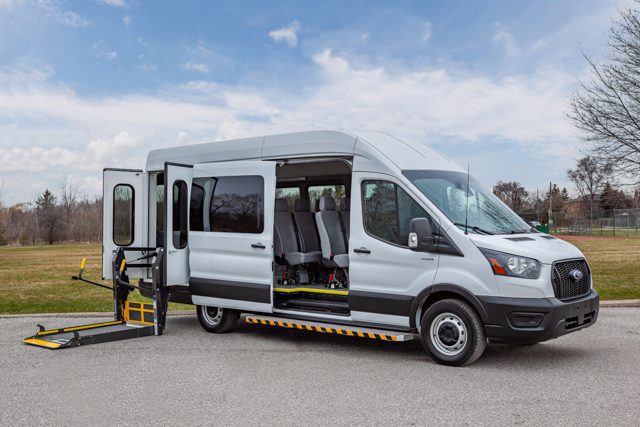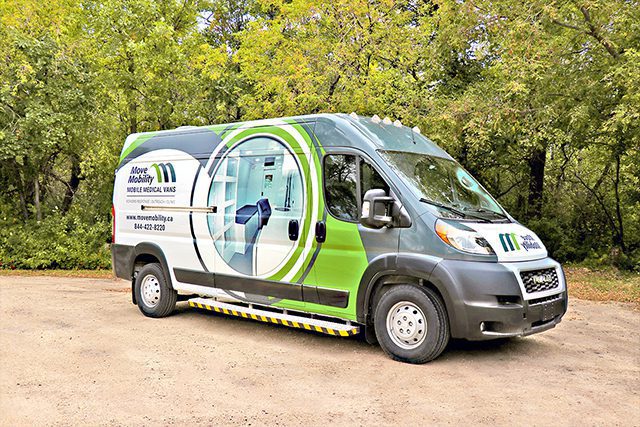In the same way that budget constraints affect many other businesses, your wheelchair van budget can also affect your transit program. It can hinder your program’s visibility and lower awareness, lead to funding issues for maintenance and repairs, and limit the overall effectiveness of your program.
At MoveMobility, we’ve been working with organizations like yours for over a decade. We listen and care about our customers and want to provide recommendations that will help your transit program succeed. We know that mobility vehicles require a well-thought-out investment plan, and we’re writing this article so you’ll have a better idea of what to expect when it comes time to think about your wheelchair van budget.
In this article, you’re going to learn more about how your budget can affect your decision-making process when choosing wheelchair vans for transit programs. When it comes to your budget, you also need to think about short-term and long-term maintenance, which we’ll also talk about.
How do wheelchair van budgets affect your choices?
If you’re trying to run a successful transit program, your organization’s wheelchair van budget is one of the most important things to think about. Let’s talk about how having a budget affects the choices you make when picking vans for your transit program.
Why budget matters in transit
When you’re trying to start a transit program, it’s easy to get caught up in the budgeting stage of the investment. This is the stage where most organizations run into challenges. A carefully thought-out budget is all about allocating funds in the right places so your mission of providing effective wheelchair transportation to individuals succeeds.
Sure, having a budget is important, but solely relying only on it when buying transit vehicles can cause some issues. Choosing vehicles just because they’re cheap without thinking about whether they’re the right fit for the job can lead to a bunch of problems. Here are a few problems it can cause:
Unhappy riders and fewer passengers: If you decide to get a wheelchair vehicle just because it’s the cheapest one you could find, your passengers might not like it. They could complain, and this could lead to fewer people using your service. This could end up causing your entire investment and transit program to be unsuccessful.
Higher maintenance costs: Opting for lower-cost wheelchair vans without considering long-term maintenance costs can be a costly mistake. These budget-driven choices can result in vans that need frequent repairs, leading to higher overall maintenance expenses. Ongoing maintenance costs can hurt the financial health of your transit program.
Shorter lifespan of vehicles: Purchasing decisions based on your budget alone can lead to getting a wheelchair van with a short lifespan. Choosing less expensive options without considering the durability and quality of the vehicles results in premature wear and tear.
Legal issues: In some cases, finding the cheapest wheelchair van that you can find can even lead to legal issues. What if the manufacturer cuts corners and the van doesn’t meet regulations, safety, and accessibility standards? This can lead to fines or even a shutdown of your services.
The ripple effect: spending more money
As you can probably see by now, choosing a wheelchair van based only on budget can lead to more problems down the road. The initial purchase price of a cheaper wheelchair van can appear tempting and you might be saving money in the beginning, but then you’ll run the risk of having to spend more later on to make things right.
The key is to find the right balance between your budget and what your transit program aims to accomplish. Instead of always thinking of the budget as a problem, see it as a tool to guide you in making your transit service better. There are a few ways to do this.
Figure out what you need: Start by understanding exactly what your transit program needs. Knowing what you and your future clients want helps you pick the right wheelchair van.
Consider all costs: Don’t just think about how much the vehicles cost to buy. Consider everything, like how much it costs to keep them running for the foreseeable future. This helps you make smarter financial choices that are good for the long term.
Ask the community: Involve the people who will use the transit service in your decisions by considering their feedback. This way, you make choices that match what the community actually wants and needs.
What about maintenance in your wheelchair van budget?
As an organization, you want your wheelchair van investment to last for a long time. Your wheelchair van budget for your transit program also needs to include maintenance considerations.
Let’s take a closer look at why budgeting for maintenance matters and what key factors contribute to the longevity and reliability of these vans.
Wheelchair vans in transit programs face wear and tear over time. Regular maintenance is like giving them a health check-up to make sure everything is working smoothly. Here are some maintenance considerations you need to budget for.
1. Brakes, fluids, and moving parts
Wheelchair vans need attention to their brakes, fluids, and other moving parts. These components wear down over time due to regular use. Investing in preventative maintenance helps catch issues early so that the vans operate smoothly and safely.
2. Lifts and ramps lifespan
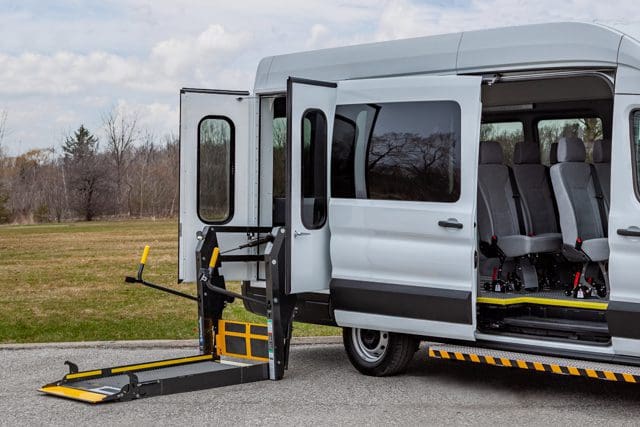
Specialized features like lifts and ramps are vital for accessibility. Lifts usually last around 5 years, while power ramps can go up to 15 years. Being aware of these timelines allows for proactive planning and budgeting for replacements when needed.
3. Road salt impact on the exterior
Understanding the local road conditions is another thing to think about when you’re budgeting. If road maintenance crews use salt on the roads during winter, it can lead to corrosion and damage to the exterior of the vans. Regular exterior cleaning helps to prevent long-term issues and maintain the appearance of the vehicles.
4. Material matters: aluminum vs. wood substrate
Using high-quality materials, such as aluminum AutoFloor instead of a wood substrate, can significantly reduce maintenance challenges as vehicles age. Superior materials enhance durability and decrease the likelihood of issues that arise from modifications made to the original body structure.
Any modification to the original equipment manufacturer (OEM) body can pose challenges down the road. This is where the choice of materials becomes important.
Driver training costs
Training a new driver costs about $3,000. If a fleet of vehicles loses about 1 in every 4 drivers each year (that’s a 25% turnover rate), they have to spend a lot of money training new ones. This can really add up and become expensive. So, it’s important for them to find ways to keep drivers happy so they stay longer and save money on training new ones.
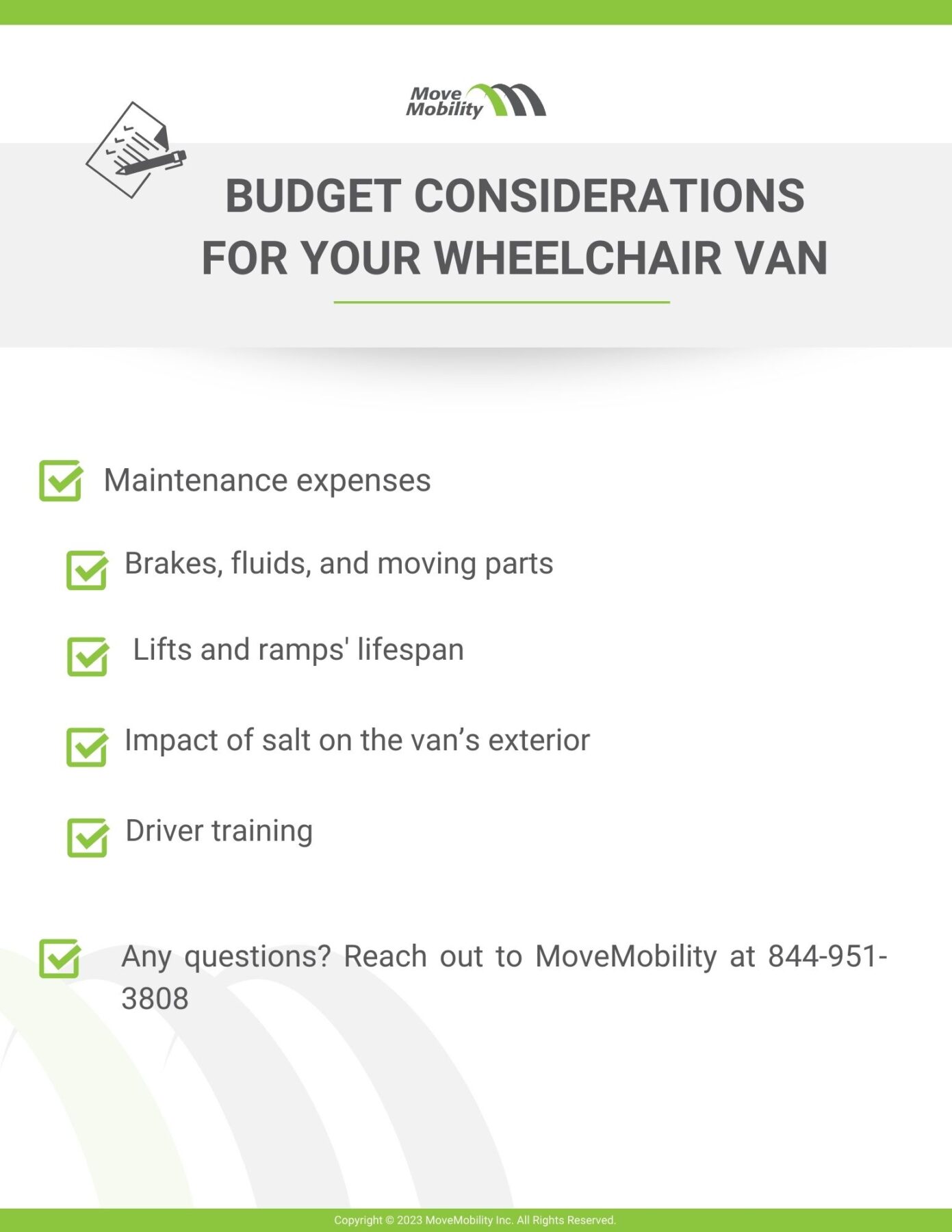
The budget-maintenance connection in wheelchair vans
So, why does all this talk about maintenance matter when it comes to budgeting? Well, there are a few reasons why.
Budgeting for long-term savings: Investing in regular maintenance might seem like spending extra money, but it’s a smart move for the long run. When you address problems early, you can fix them before they become bigger and more expensive. It’s like going to the dentist – a little prevention can save you from major dental work later.
Avoiding surprise expenses: Budgeting for maintenance helps you avoid surprise expenses. Instead of being caught off guard by a sudden breakdown, you’re prepared. Think of budgeting for maintenance, like having an emergency fund for your vans. You’ll be ready to tackle unexpected repairs without putting a strain on your budget.
Prolonging vehicle lifespan: Regular maintenance is about keeping everything in good shape all of the time. When your van is always in good shape, it will last longer and be more satisfying for your clients to ride in. When you invest in maintenance, you’re investing in the longevity and reliability of your fleet.
Even though budgets can feel like limits, they’re also tools. Budgets help you plan ahead and make choices that make the transit program work better. Remember, spending your budget wisely isn’t just about buying vehicles; it’s about making transit accessible, keeping people happy, and making the program a success.
What’s next?
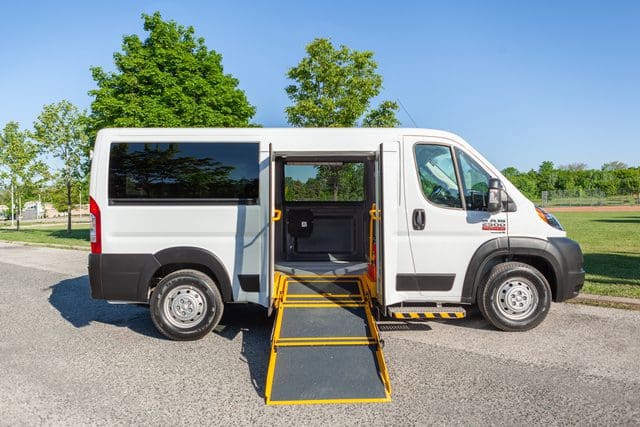
You came to this article to learn a bit more about how your wheelchair van budget can affect your transit program.
After reading this article, you learned that your wheelchair van budget matters for your transit program to work well. It affects:
- What vans you choose
- How you take care of them
- Your clients’ satisfaction
- If your program is successful
This article also talked about the need to balance your budget with what your program aims to do. That involves considering what your community needs and making smart choices for a successful transit program.
Our team at MoveMobility knows how important budgets are. That’s why we’re so diligent about keeping you informed throughout your purchasing process.
To help steer your budget in the right direction, read our article on the cost of a wheelchair van. Knowing what you can roughly expect to pay for one of these vehicles is a helpful piece of information.
You should also read our article on the costs of a wheelchair van for one year. This article highlights what you can expect to be paying on an annual basis.

